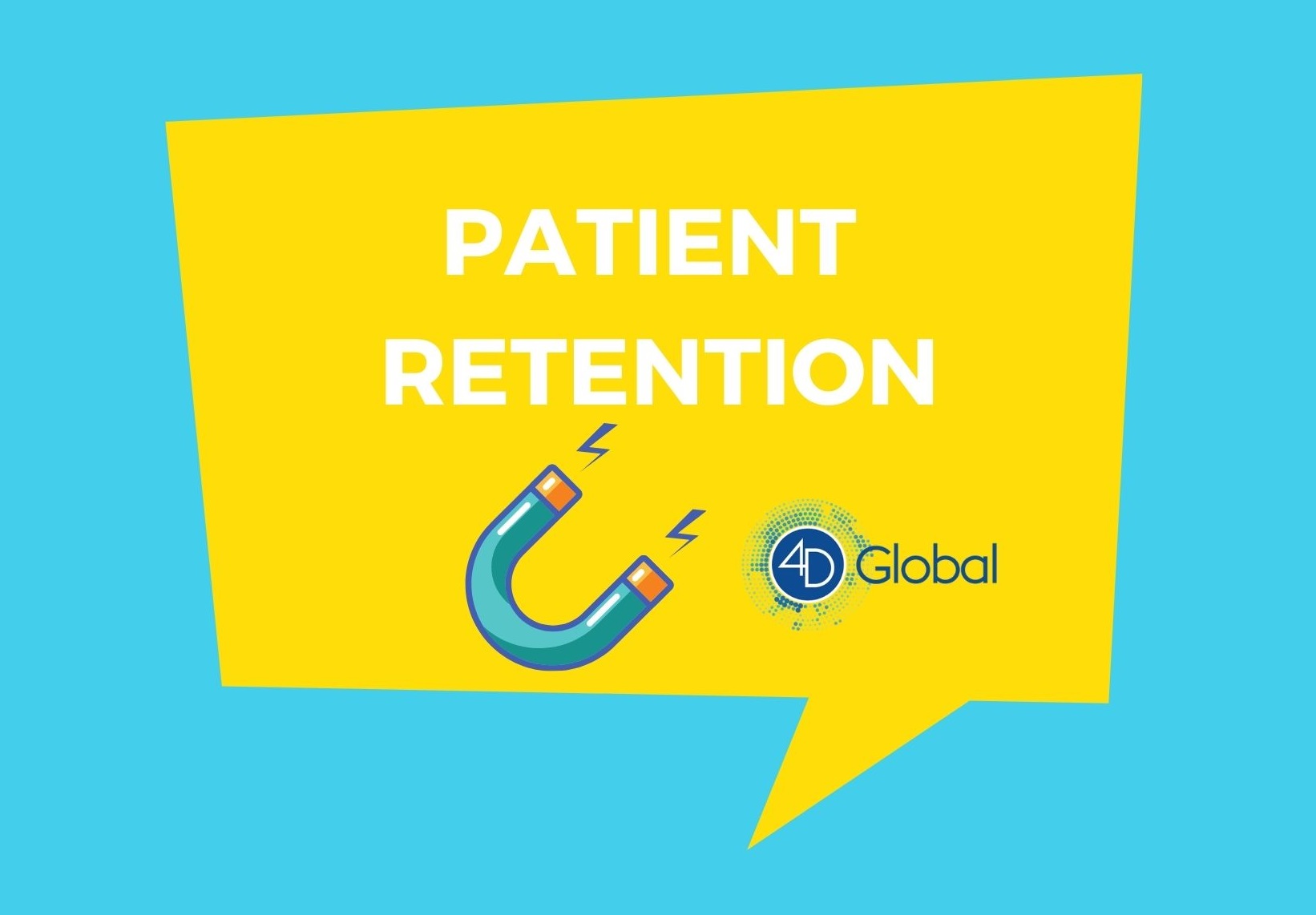
According to the United States Small Business Administration, almost 80 percent of customers leave a business if they’re upset with the treatment they’ve received. That number applies to healthcare consumers, too, making patient retention an especially important goal for physician practices of all sizes.
Acquiring new customers or patients can be a costly proposition because it’s 5-25 times more expensive than retaining and existing one. Healthcare providers are already dealing with reduced patient volume, which has dropped 60 percent nationally since the beginning of the COVID-19 pandemic, resulting in a 55 percent decline in revenue.
Problems that cause patients to be dissatisfied with their healthcare provider include poor phone skills with long hold times, billing issues or inefficiencies and long wait times. Some research shows that primary care physicians in clinic only spend one minute on other patient concerns after the chief complaint is addressed, even though patient education leads to more successful adherence.
In addition to increasing revenue, patient retention also can boost a practice’s reputation. To help you achieve this goal, we’ve compiled a list of practical tips, from decreasing in-office wait times to reducing now-shows and utilizing technology.
- Decrease wait times, and stay on schedule. Patients are definitely dissatisfied with long wait times, the average of which in the United States is 18 minutes, 13 seconds. Thirty percent of patients reported they’ve walked out of an appointment due to a long wait, while 20 percent said they’ve changed doctors because of wait times. A 2020 survey from Software Advice found that 97 percent of respondents were frustrated by wait times at the doctor’s office. Long wait times for procuring a new patient physician appointment also are a challenge for many patients, with the average in 15 large metro markets at 24.1 days, up 30 percent from 2014.
- Focus on front-office customer service. This tip might seem obvious, but customer service isn’t always a priority for some healthcare providers. Your front desk often makes the first impression on a new patient, so your team should be effectively trained on creating a welcoming environment. Greet patients as soon as they enter the office, attempt to personalize their experience and ensure after checkout that they leave the office feeling positive.
In addition to routine staff training, consider creating and maintaining a formal employee appreciation program. According to a report from the Medical Group Management Association (MGMA) with data form over 1,000 healthcare organizations, more than 77 percent of physician practices have such a program, resulting in lower employee turnover rates across almost every role in their practice.
- Properly handle phone calls. Typical healthcare providers have 53 patient calls per day and an estimated 150 to 300 calls per week, about half of which deal with clinical issues. Unfortunately, the average practice misses 34 percent of calls.
One survey indicated about one third of people said they’re unwilling to wait on the line, 60 percent will hang up after 60 seconds and only about 30 percent will actually call back. Providers should establish standards to ensure that the telephone is picked within a certain time, mode and tone of speech are cordial and a triage protocol is followed which helps to ward off the unnecessary calls.
- Request patient feedback – and address it when necessary. Avoiding negative feedback from patients or dismissing their complaints might seem like the easier option, but it can negatively impact your practice’s reputation. Attempt to be empathetic to the patient(s) making complaints about aspects of your practice, and respond to their feedback in a timely manner. Proactively seek feedback from your patients, whether through patient feedback surveys, online reviews or another method.
- Utilize technology. Investing in technology to streamline patient communication, promote patient engagement and automate administrative tasks offers advantages not only for your practice but also your patients. It enables you to manage patient contacts, send secure and personalized HIPAA-compliant emails and text messages and offer digital check-in to your patients.
For example, implementing a solution that offers online appointment scheduling provides convenience for both patients and physician practices. Research shows that the average time for a patient to complete a scheduling call is 8.1 minutes, and agents transfer patient calls 63 percent of the time. Similarly, software the helps to remind patients of their appointments, thereby reduce no-shows, which cost the healthcare industry $150 billion annually.
Technologies such as secure and HIPAA-compliant patient portals drive online payment and offer patients increased flexibility in paying their provider bills. More than half of patients prefer some type of electronic billing, and about 60 percent of patient payments are made online.
Another example, medical billing software, enables providers to increase their collections, accurately code claims, verify patient insurance coverage and create customized reports to gauge practice productivity. Even more beneficial is the use of outsourced medical billing, which allows providers to allocate more employee resources to other aspects of their business, achieve better payment rates and faster cash flow and increase compliance with healthcare regulations.
Check out our other blogs to find out about more issues affecting medical billing companies, physician practices and the overall healthcare industry.
